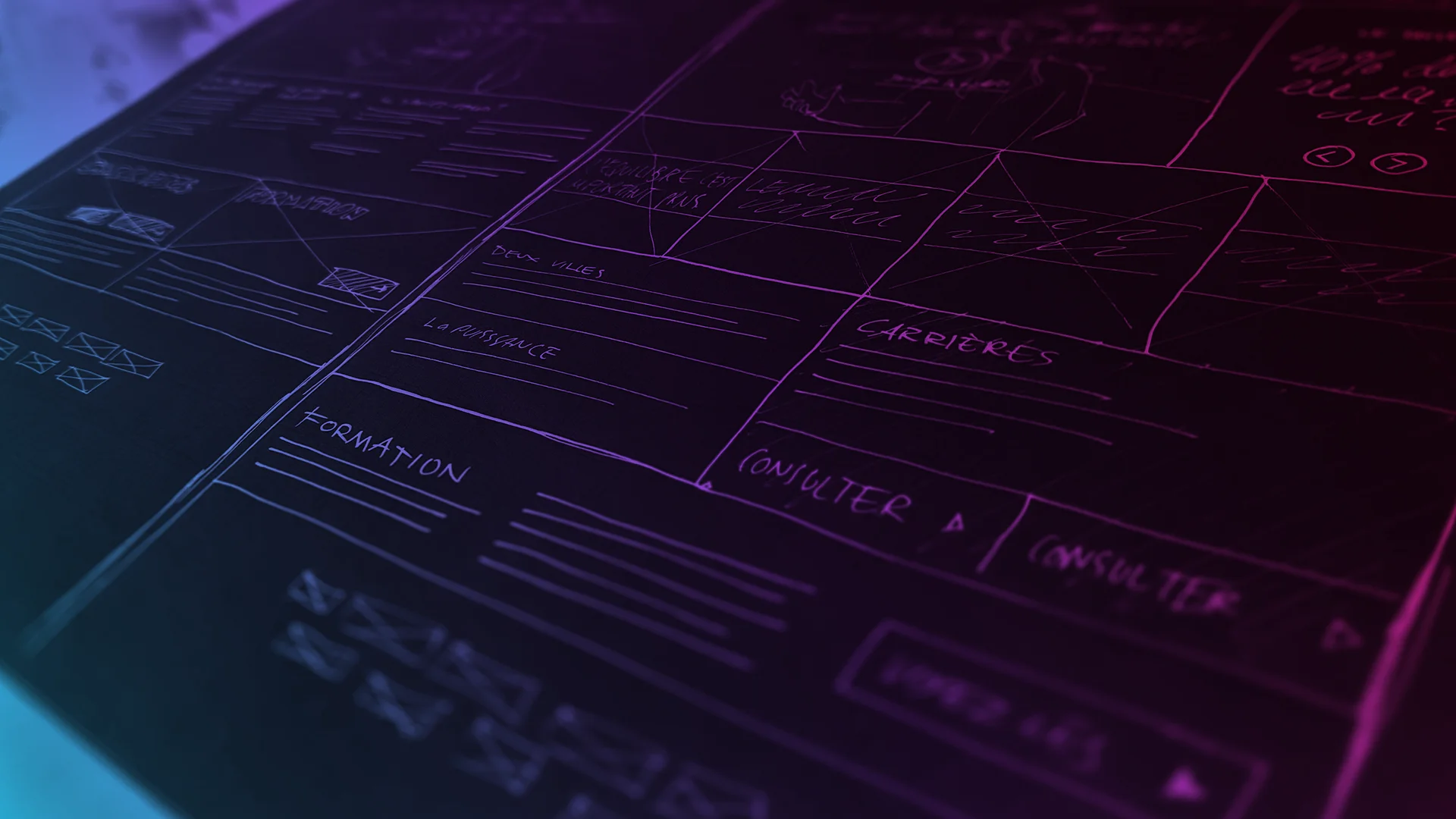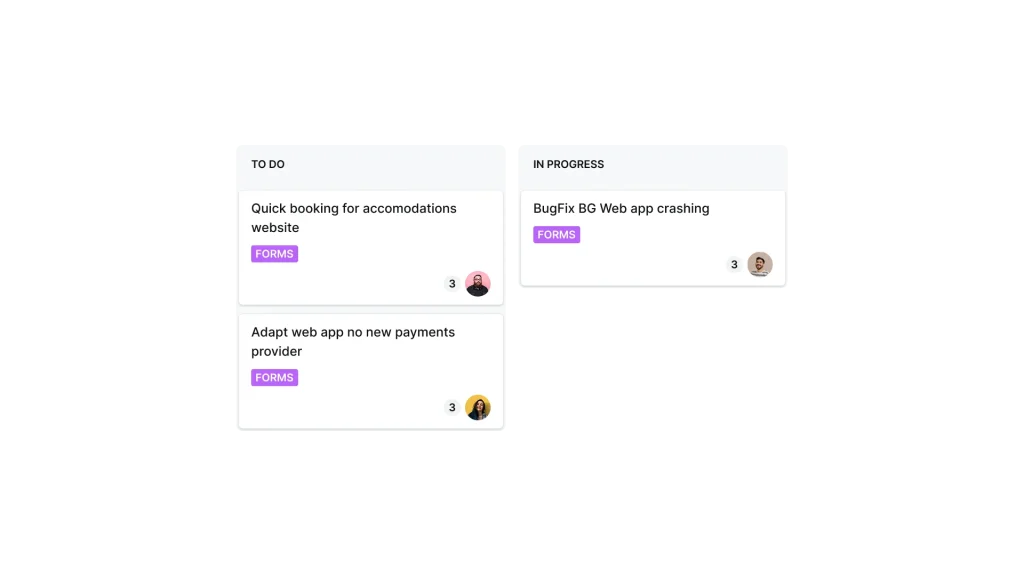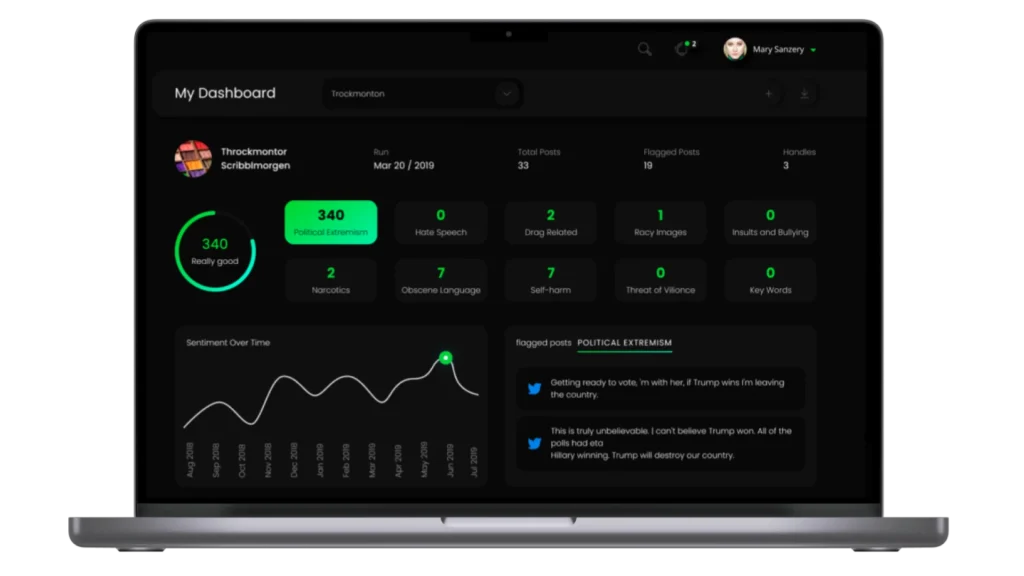Rebuild for reliability.
Legacy systems often harbor hidden complexity, and rigid dependencies. Effective cloud app modernization services require more than superficial adjustments — they involve reengineering the architecture so that it works under real operational pressure.
We redesign cloud architectures to enable sustainable speed, resilience, and cost efficiency:
- Domain-based service decomposition. We define clear service boundaries based on business logic and operations, enabling autonomous scaling, and independent deployments.
- Elastic scalability architecture. Systems are designed to scale horizontally, utilize automatic scaling triggers, maintain regional fault tolerance, and optimize resource consumption without manual intervention.
- Embedded observability frameworks. Each layer integrates structured logging, distributed tracking, real-time telemetry, and alerts, enabling rapid incident detection, root cause analysis, and continuous optimization.
- Security and governance by design. Access control, encryption standards, compliance frameworks, and zero-trust principles are built into the infrastructure, APIs, and data flows from the outset.
- Ready-to-use CI/CD enablement. Architectures are tailored for high-frequency deployments and integrate seamlessly with automated pipelines, canary rollouts, and progressive deployment strategies.
Through deep architectural redesign, we create cloud-native systems that adapt to changing business requirements, and perform with measurable precision under production load.


















































